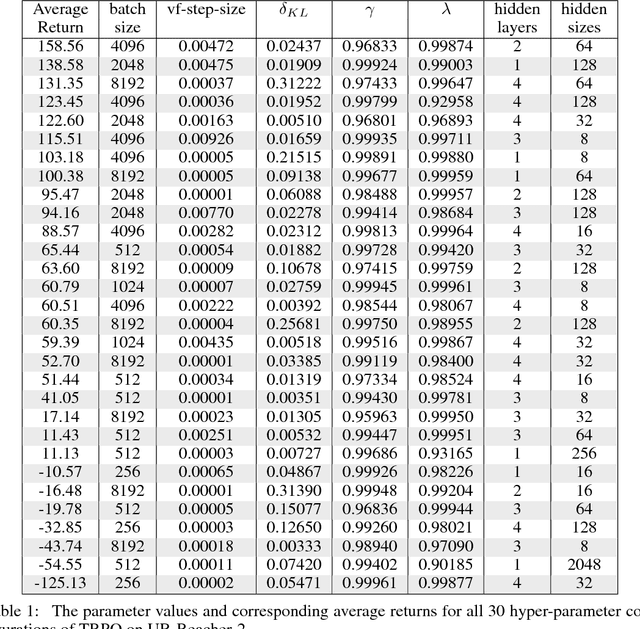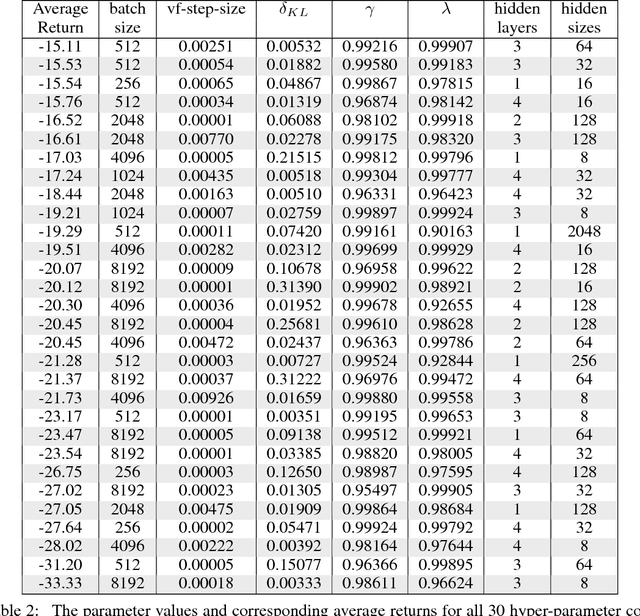William Ma
Story Realization: Expanding Plot Events into Sentences
Sep 08, 2019



Abstract:Neural network based approaches to automated story plot generation attempt to learn how to generate novel plots from a corpus of natural language plot summaries. Prior work has shown that a semantic abstraction of sentences called events improves neural plot generation and and allows one to decompose the problem into: (1) the generation of a sequence of events (event-to-event) and (2) the transformation of these events into natural language sentences (event-to-sentence). However, typical neural language generation approaches to event-to-sentence can ignore the event details and produce grammatically-correct but semantically-unrelated sentences. We present an ensemble-based model that generates natural language guided by events.We provide results---including a human subjects study---for a full end-to-end automated story generation system showing that our method generates more coherent and plausible stories than baseline approaches.
Benchmarking Reinforcement Learning Algorithms on Real-World Robots
Sep 20, 2018



Abstract:Through many recent successes in simulation, model-free reinforcement learning has emerged as a promising approach to solving continuous control robotic tasks. The research community is now able to reproduce, analyze and build quickly on these results due to open source implementations of learning algorithms and simulated benchmark tasks. To carry forward these successes to real-world applications, it is crucial to withhold utilizing the unique advantages of simulations that do not transfer to the real world and experiment directly with physical robots. However, reinforcement learning research with physical robots faces substantial resistance due to the lack of benchmark tasks and supporting source code. In this work, we introduce several reinforcement learning tasks with multiple commercially available robots that present varying levels of learning difficulty, setup, and repeatability. On these tasks, we test the learning performance of off-the-shelf implementations of four reinforcement learning algorithms and analyze sensitivity to their hyper-parameters to determine their readiness for applications in various real-world tasks. Our results show that with a careful setup of the task interface and computations, some of these implementations can be readily applicable to physical robots. We find that state-of-the-art learning algorithms are highly sensitive to their hyper-parameters and their relative ordering does not transfer across tasks, indicating the necessity of re-tuning them for each task for best performance. On the other hand, the best hyper-parameter configuration from one task may often result in effective learning on held-out tasks even with different robots, providing a reasonable default. We make the benchmark tasks publicly available to enhance reproducibility in real-world reinforcement learning.
 Add to Chrome
Add to Chrome Add to Firefox
Add to Firefox Add to Edge
Add to Edge